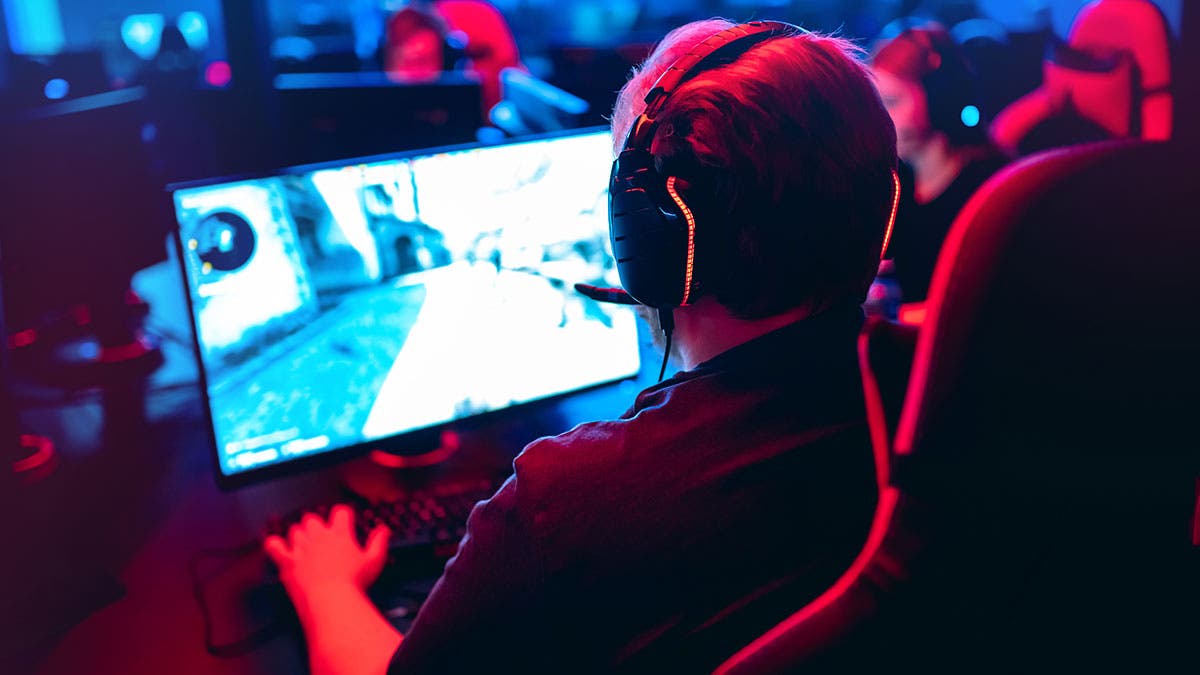Public interest in esports has grown exponentially in recent years. In addition to the many organized competitions, ranging from grassroots to the international level, an entirely new job market has sprung up to support the various aspects surrounding esports as a whole. As a result, many colleges, universities, and high schools are rushing to establish in-house esports programs to prepare their student body for the demands of the burgeoning esports job market and to attract prospective students going forward. But to find success, it’s important to win over the right stakeholders for your esports club.
Getting stakeholders involved in your esports program
Setting up an esports program is no small feat, however, and having the support of your educational institution’s key stakeholders will be instrumental towards your program’s success. Although not all educational institutions are the same, their key stakeholders tend to typically consist of administrators, educators/mentors, parents, and the student body at large.
Despite esports’ rapid growth in popularity and its potential for positive academic and psychosocial development in students, there persists a common misconception among the uninitiated that esports is nothing more than just playing video games. Citing violent and/or mature content, addictive behavioral patterns, and toxic gamer culture as chief points of concern, some also question the merit of esports (and gaming in general), in an academic setting. As such, it is imperative for us to have open discussions with key stakeholders at our respective educational institutions to not only address their concerns and debunk any misconceptions, but also highlight the many benefits an esports program can provide and identify potential challenges that may arise while setting one up.
Below are some examples of important topics that you should be discussing with the key stakeholders at your educational institution:

Administrators
- Discuss the various positive benefits that esports have on the academic and psychosocial development of students.
- Identify the level of financial commitment they are comfortable with allocating from your educational institution’s overall budget.
- Explore the various returns on investment (ROI) that come with having an esports program at your educational institution.
- Define the criteria with which to measure your esports program’s success and sustainability.
Educators
- Identify synergies that your esports program will have with existing academic and business practicum and opportunities already in place at your educational institution.
- Highlight esports’ potential to drive social engagement and foster a sense of belonging among your student population.
- Emphasize esports’ ability to inspire interest in STEAM-relevant fields among your student population (such as computer science, programming, hardware/software development, broadcast engineering, etc.).
- Spotlight the development of important psychosocial skills that contribute to the academic and overall success of your student population (communications, active listening, critical thinking, leadership, teamwork, coordination, delegation, multitasking, social perceptiveness, determination, perseverance, etc.).
- Define the academic requirements that determine eligibility for your esports program.
Parents
- Solicit feedback from parents about the levels of violence and types of mature content they are (or aren’t) comfortable with to determine the appropriate game titles your esports program will focus on.
- Identify the potential scholarship opportunities that an esports program can provide.
- Showcase the various career opportunities that are available in the esports field beyond being a competitor or a coach (such as game developers, community managers, event planners, shoutcasters, network and infrastructure engineers, broadcast engineers, as well as traditional business roles in finance and human resources, etc.).
- Highlight esports’ ability to drive community engagement and promote inclusivity and interactions amongst students across the many social groups at your educational institution.
Students
- Solicit feedback from your student population about what type(s) of esports titles they enjoy (such as First-Person Shooter (FPS), Real-Time Strategy (RTS), Multiplayer Online Battle Arena (MOBA), Massively Multiplayer Online Role-Playing Games (MMORPG), and Player vs Player (PvP) titles).
- Determine whether they are interested in participating in your educational institution’s esports program as competitors, spectators, casual participants, or other esports-related “support roles” (such as community managers, shoutcasters, event organizers, multimedia producers, etc.).
- Outline the academic eligibility requirements, tryout process, and commitment expectations to students that are interested in becoming a competitor in your esports program.
The above is by no means an exhaustive list of relevant topics that bear discussion. That said, they are good jumping-off points from which to engage in open dialogue with the key stakeholders at your educational institution as you set about building an esports program.
Remember that the core mission of your educational institution is to prepare your students for the industries of today and tomorrow, and an esports program serves a crucial role in meeting that goal.






